Corralling Catfish
Thursday, January 10th, 2019This is Passport to Texas
I visited the A.E. Wood Fish Hatchery in San Marcos on a misty morning in early October; that’s where I met hatchery manager Mike Matthews.
We’re standing on the banks of pond 23. And we’re harvesting our 12-inch catfish for our neighborhood fishing program.
The one-acre pond had been drained; nearly 5,000 channel catfish flopped around in a Kansas kettle.
It’s basically a raceway in the bottom of our pond. We’ve brought the whole pond down into that kettle, and that just catches all the fish for us very efficiently.
A technician counted and weighed the fish as he placed them into a wire basket. Using a crane, technicians moved the basket to a waiting transport truck, and deposited the fish into tanks.
Which has got probably three to five parts per thousand saltwater in it. It’s beneficial for the fish. It causes them to promote slime growth, which in case they do get a little rough handled, and nicks their skin a little bit, that slime will cover that before it can really become a problem. It’s natural. That’s what they do anyway.
I followed a truck to East Metro Park in Austin, where Ryan, a fisheries technician, released them as anglers waited on the banks.
Texas Parks and Wildlife stocks catfish in neighborhood fishin’ ponds during warmer months. In winter, it’s rainbow trout. Find the stocking schedule on the TPW website.
The Sport Fish Restoration Program supports our series.
For Texas Parks and Wildlife…I’m Cecilia Nasti.
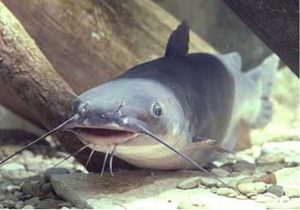

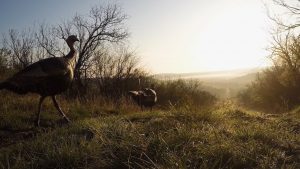
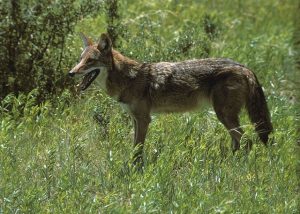
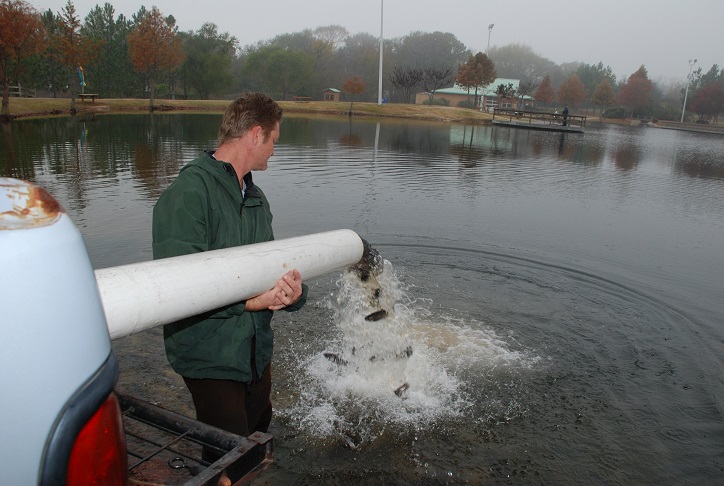
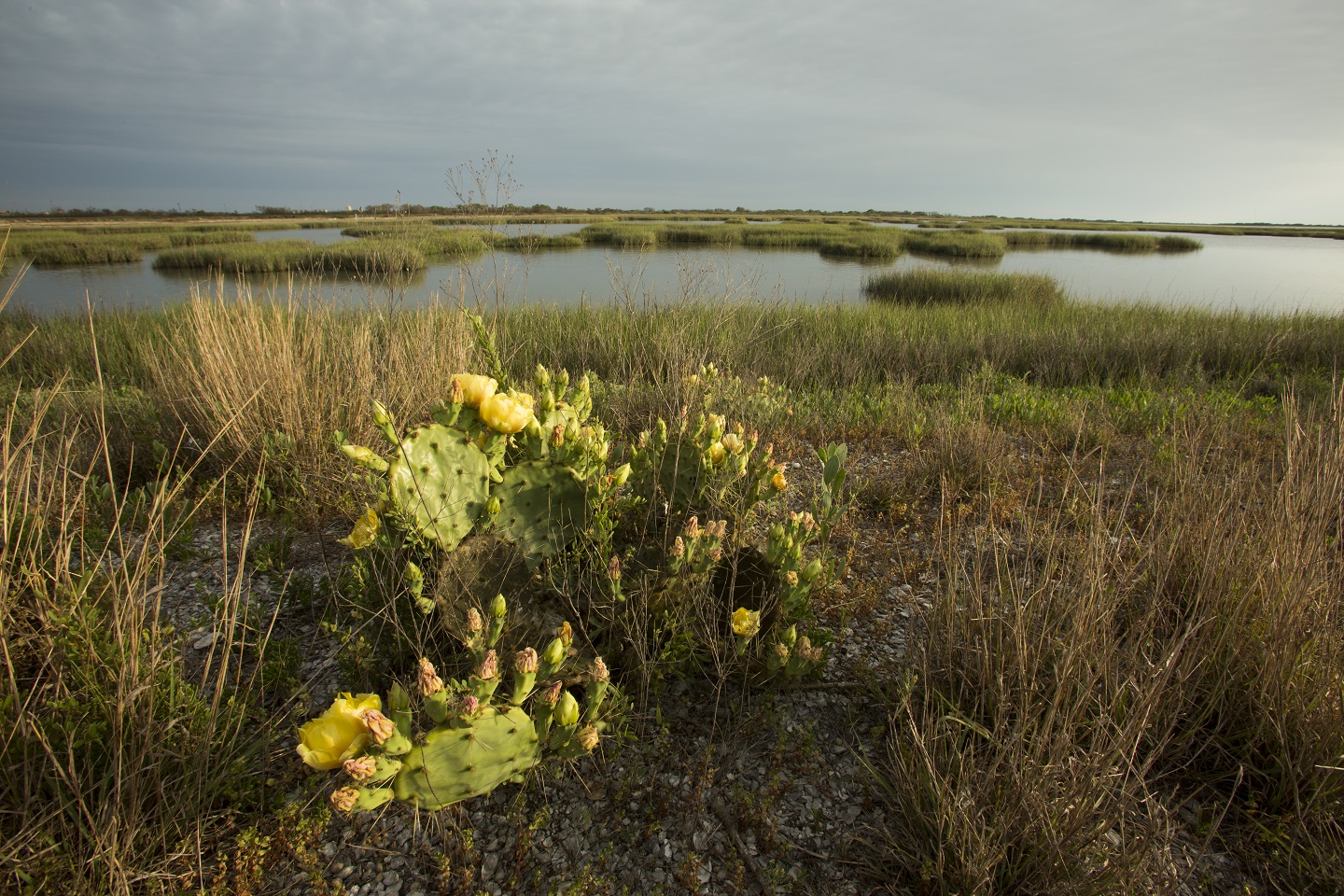

 Passport to Texas is a
Passport to Texas is a  Passport to Texas is made available by:
Passport to Texas is made available by: